The western monarch butterfly — the iconic creature that’s a universal beacon in generations of childhood memories across the country — is but a wing-flap away from disappearing completely.
The literal butterfly effect of this could further fan the flames of an existing decline in pollinator species across the country.
But help might be on the way from Congress.
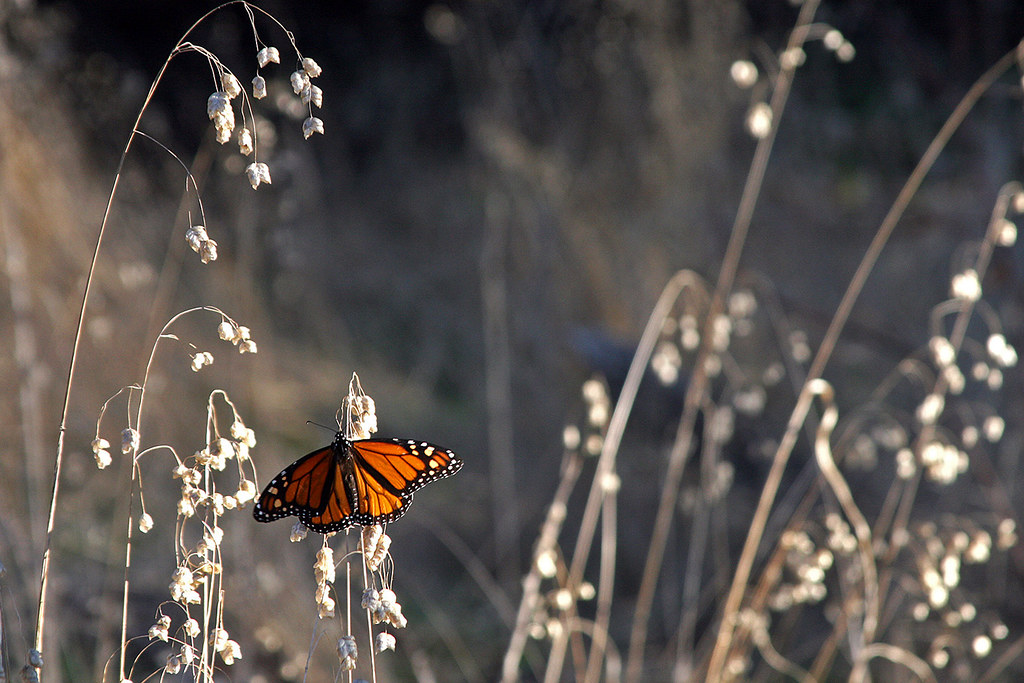
There may be fewer than 2,000 western monarch butterflies left on the planet — 1,914, to be specific, were counted in the most recent overwintering survey, according to the Center for Biological Diversity. That’s a 99.9% reduction since the 1980s.
With the US Fish and Wildlife Service stopping short of granting the western monarch endangered-species status, a bipartisan group of congressional leaders in both the House and Senate are taking action, reintroducing two bills to help monarchs avoid extinction.
The Monarch Action, Recovery, and Conservation of Habitat Act (MONARCH Act) will set aside $12.5 million annually in emergency funding to support on-the-ground conservation efforts and an additional $12.5 million to implement the Western Monarch Butterfly Conservation Plan.
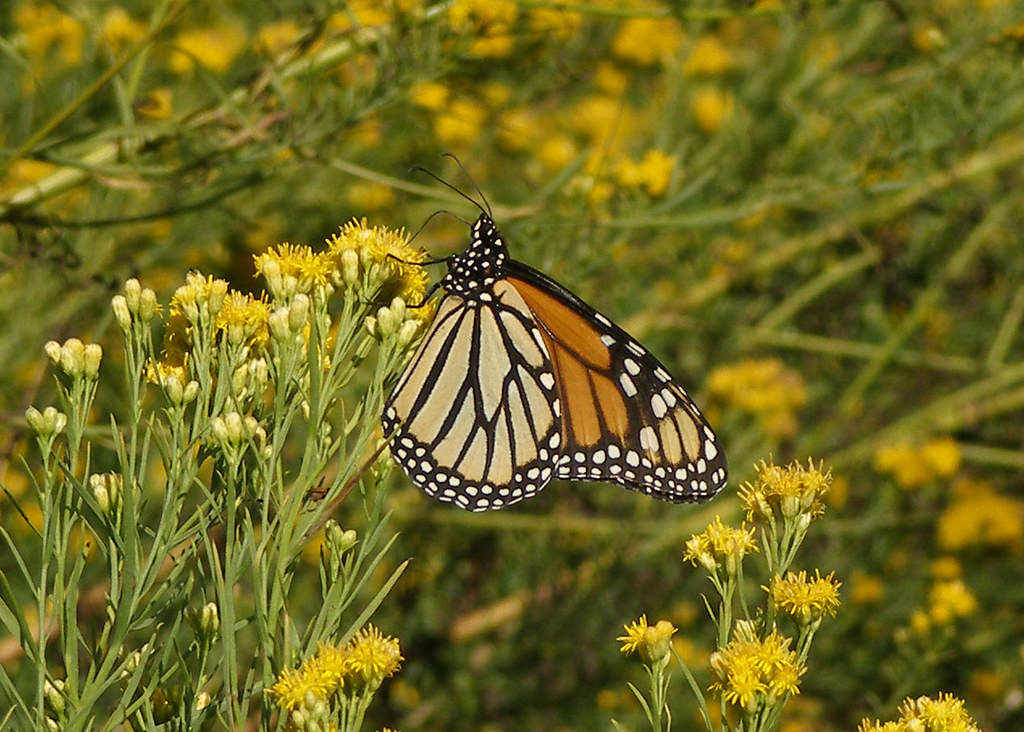
Additionally, the Monarch and Pollinator Highway Act would fund grants for state transportation departments and Native American tribes to employ pollinator-friendly practices on roadsides and highway rights-of-way.
While inspired by the monarch’s plight, these practices will help pollinator species as a group.
In 2015 and 2016, 44% of managed honeybee colonies were lost because of disease, “pesticides, and malnutrition caused by changing land-use patterns,” according to the Bee Informed Partnership, funded by the USDA. And that was after a global colony collapse in the early 2000s that destroyed between 50% and 90% of US hives because of pesticide exposure.
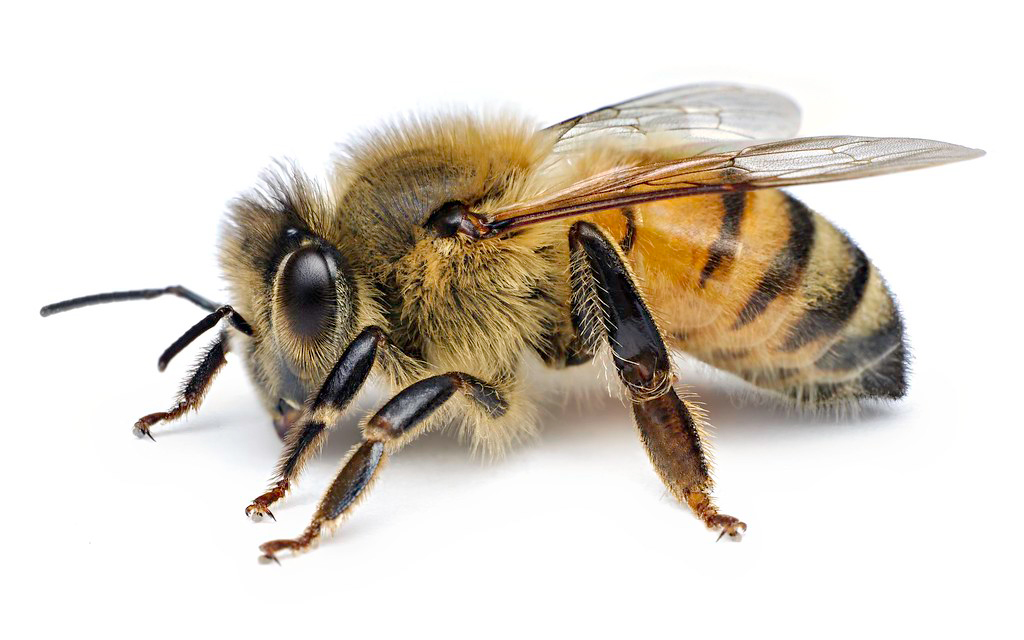
Ninety species of specialty crops in the US require pollination, and one species of honeybee, Apis mellifera, is the pollinator for most of those crops. Wild and managed bees together add $15 billion in crop value each year.
The Obama administration moved quickly to head off the potential agricultural nightmare, and now the bees are making a comeback.
Where monarch colonies numbered in the millions, a string of severe weather seasons and habitat loss has decimated the species. Urbanization and drought have shrunk its winter range significantly, and pesticide use and industrial-scale farming is hobbling monarchs in the Midwest.
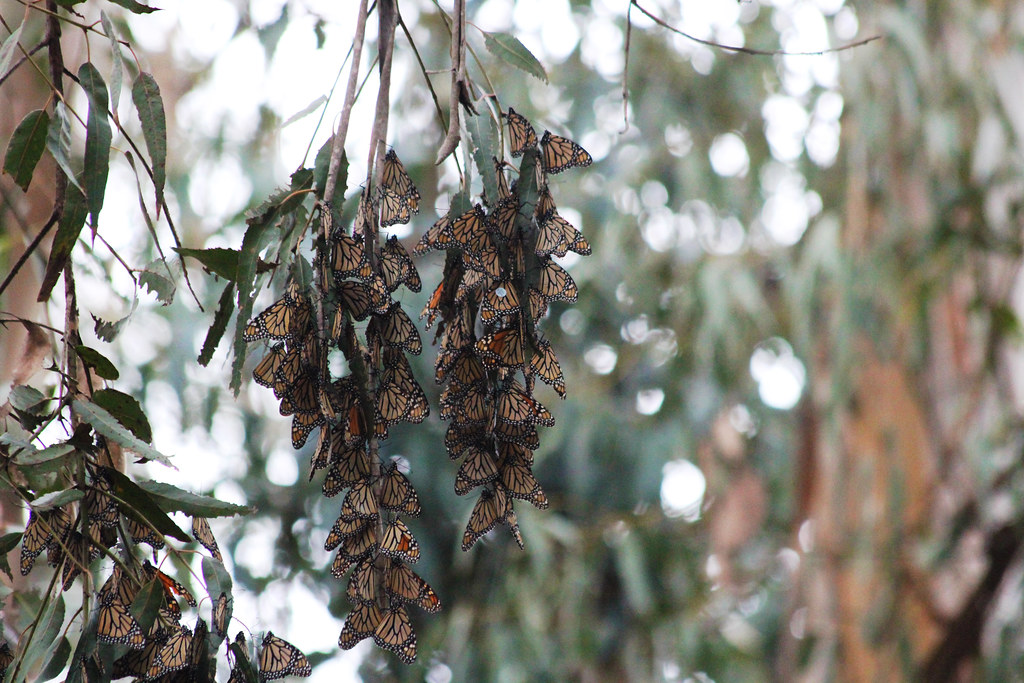
Monarchs, weighing in at a whopping 1 gram, migrate over 2,000 miles from their core range of Midwestern prairies, meadows, and grasslands to overwinter in Mexico and California.
While they are not directly responsible for the pollination of specialty crops, they are an indicator species for the health of an ecosystem.
In February, 57 members of Congress sent a letter to the US Fish and Wildlife Service strongly urging it to prioritize monarch conservation efforts since it wait-listed monarchs for endangered-species status.
The bills need to pass the House and Senate before they could go to the president’s desk for his signature.
Read Next: Back From the Brink: The Fall and Resurgence of the American Bison

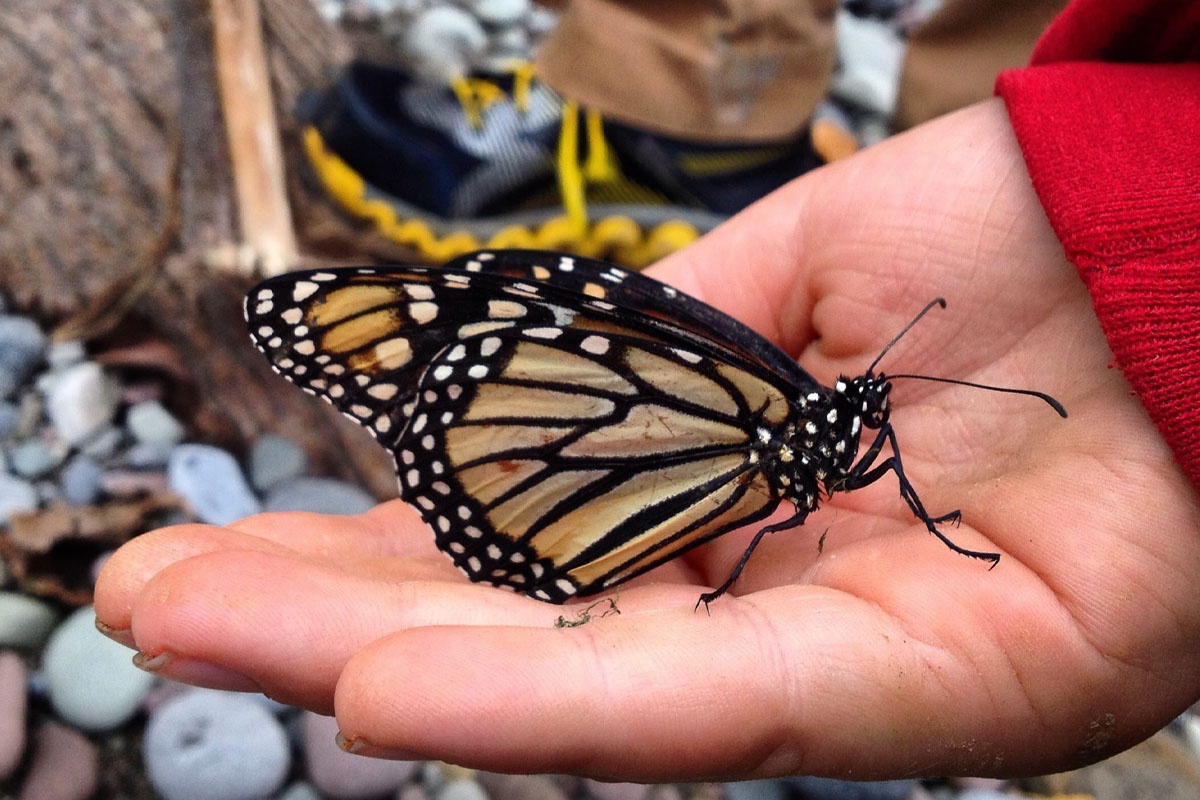






Comments